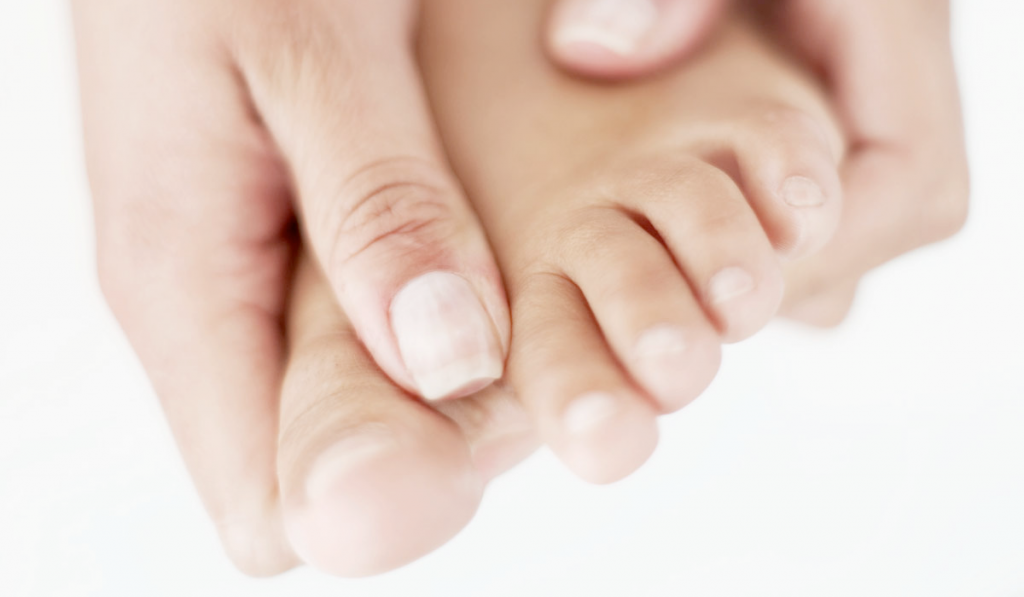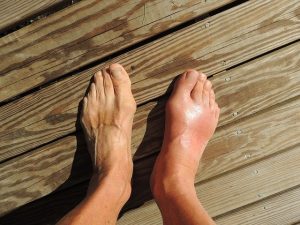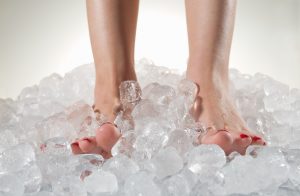We are all familiar with the ageing process, the changes that our body goes through as we go through life.
In my case the most obvious sign is that I have increasingly more face to wash and less hair to brush. Although age affects each individual differently generally we see the same sort of changes. There are various theories have been postulated as to why we age and although wear and tear may play a role this is not sufficient explanation for the whole process.
Programmed ageing this theory suggests that predetermined, presumably genetic, age related alteration in cellular function that leads to susceptibility to disease and death.
The Genomic Instability theory of ageing suggests errors in genetic transcription and translation resulting in impaired protein synthesis and determination of cell function as age increases.
The free radical theory of ageing suggests that these highly reactive molecules are no longer metabolized rapidly, so that accumulation occurs leading to irreversible cell damage.
Random genetic errors have also been implicated and an accumulation of errors over time is said to result in impaired protein synthesis.
At the time of writing there may well be more theories and of course it may not be one theory that is responsible but a combination which leads to the manifestations we see in our self and more easily others as we get older. To list a few in no particular order these are susceptibility to gain weight, greying and loss of hair, changes in skin texture and elasticity, bony and arthritic changes and alterations in circulation.
As usual the foot is often not considered when we think about ageing so this month I thought I would discuss some of the changes that occur in the foot.
Feet become more sensitive as we get older. The skin becomes thinner, dryer and the fatty padding that gives us protection and a degree of shock absorption may atrophy. If you think about young children’s feet they are very pudgy with lots of fatty padding, my children seem to be able to run bare foot over gravel with impunity, something that I am no longer able to do. We not only loose this padding but often it also moves leaving bones more exposed increasing susceptibility to corns and callous.
There is often an increase in size of feet this may be in length, width or both. Feet can get longer as we get older as the arch of the foot gradually collapses, if you fold a piece of paper in half and stand it on the table so it makes a triangle then push the top down you will see the ends get further away like the foot lengthening as the arch comes down. This may be exacerbated by increase in weight and arthritic changes. The foot may become wider due to swelling known as oedema often due to changes in the circulation. There are two possible changes we may see in circulation in the foot.
There may be a reduction in arterial circulation, the blood coming down to the foot due to hardening of the arteries known as arthrosclerosis which can increase with age. This can cause sensitivity, reduction in healing and in extreme cases pain. Problems with blood returning from the foot to circulate around the rest of the body are due to varicose veins this can cause pooling of blood and particularly tissue fluid leading to swelling as the day goes on. Arthritic changes in the foot can cause reduction of joint movement and bony swelling known as exostosis in the joints of the feet with in turn can cause problems with corns and callous. Often there are changes in the toe nails which although are not a direct result of the ageing process are more common as we age. The toe nails are there to protect the ends of our toes and if they get damaged, by trauma in the form of injury, knocking them or from tight shoes the nails will thicken to better protect the toes.
Of course the longer we live the more chances we have of damaging our nails and therefore the more chance that the nails will become thickened. With damage to nails there likelihood of getting fungal nail infections as fungus gets in between the damaged nail and the skin this may cause changes in colour of the nail as well as further thickening.
All these things to look forward to, but they are not inevitable I of course tend to see feet with problems simply by being a podiatrist, the good ones tend not to come and see me. There are many things we can do to mitigate these problems. Appropriate foot ware and that means having the feet measured as they may well have got longer or wider. When buying shoes it is best to do it late in the day when the feet are at their most swollen and sensitive. Look after the feet more put that cream on the heels put the feet up when the swell and that means level with the back side. Of course a trip to the podiatrist /chiropodist for diagnosis and treatment of any of the foot changes that age may bring us is always a good idea.









